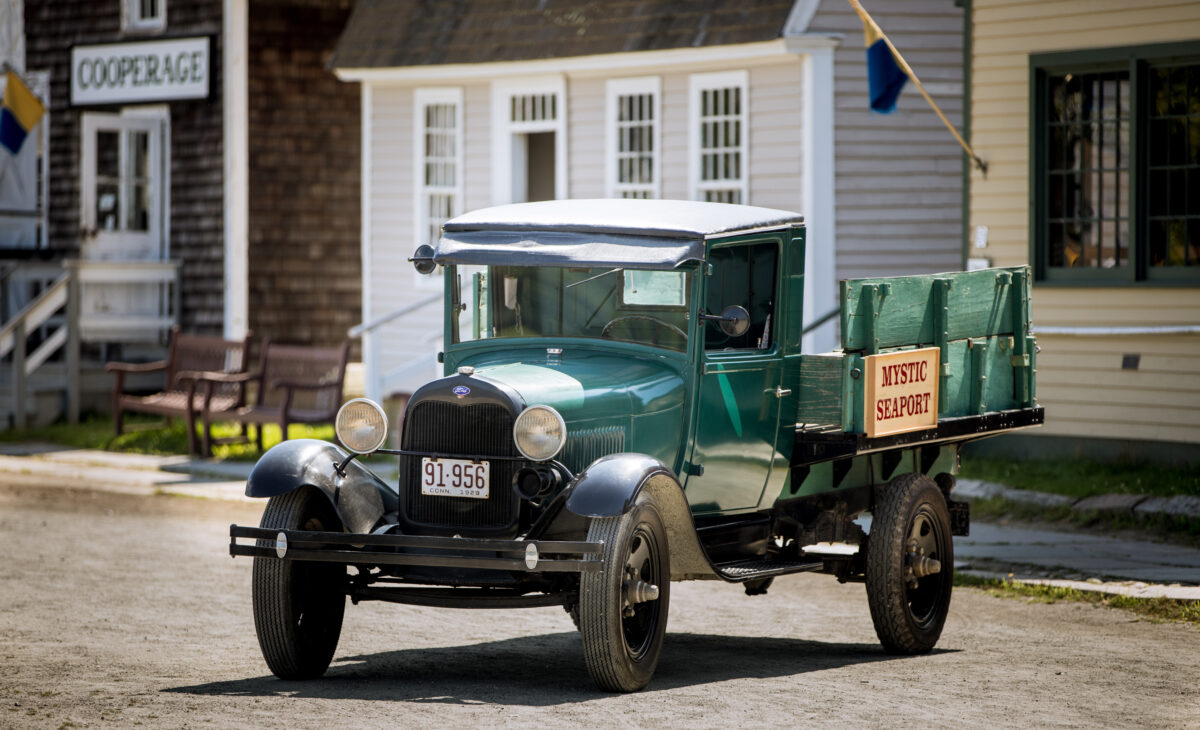Mystic Seaport Museum hosting pre-1932 vehicle show at its maritime village
Mystic, Conn., SEPT. 21, 2021 – More than 100 pre-1932 vehicles are expected to be at Mystic Seaport Museum Saturday, Sept. 25 for the Museum’s 24th Annual Antique Vehicle Show, By Land & By Sea. The Museum anticipates a delightful day of camaraderie and fun on the beautiful grounds of its maritime village.
By Land & By Sea is one of the many annual Museum events, and it’s a pleasure to present it for the public’s entertainment. Visitors will especially enjoy the afternoon Grand Parade around the Village Green and out through the Shipyard south gate.
“The Grand Parade of Vehicles is a vision to behold and is fun for all ages,” said Peter Armstrong, the Museum President.
Bring your camera and take advantage of a great opportunity to photograph motoring history. There will be conversation aplenty, lots of fun, and free rides for visitors.
The show is included as part of Museum admission and members, of course, get in free.
###
ABOUT MYSTIC SEAPORT MUSEUM:
Mystic Seaport Museum is the nation’s leading maritime museum. Founded in 1929 to gather and preserve the rapidly disappearing artifacts of America’s seafaring past, the Museum has grown to become a national center for research and education with the mission to “inspire an enduring connection to the American maritime experience.”
The Mystic Seaport Museum grounds cover 19 acres on the Mystic River in Mystic, CT, and includes a recreated New England coastal village, a working shipyard, formal exhibit halls, and state-of-the-art artifact storage facilities. The Museum is home to more than 500 historic watercraft, including four National Historic Landmark vessels, most notably the 1841 whaleship Charles W. Morgan, America’s oldest commercial ship still in existence. At Mystic Seaport Museum, we strive to create an environment where visitors not only learn from us, but we learn from them. The concept is called Public History and it allows our visitors to experience history in ways they haven’t before.



